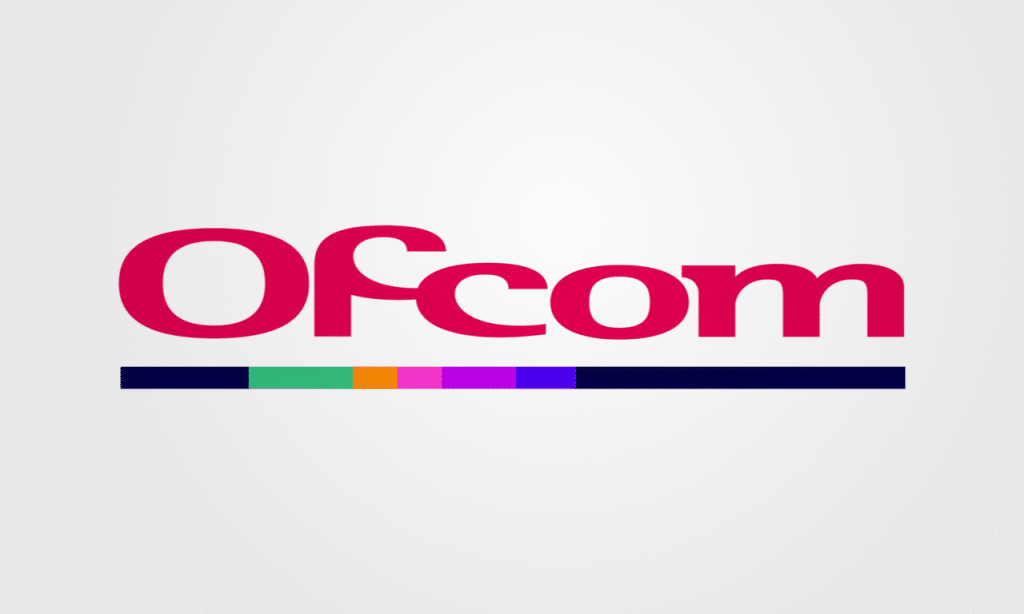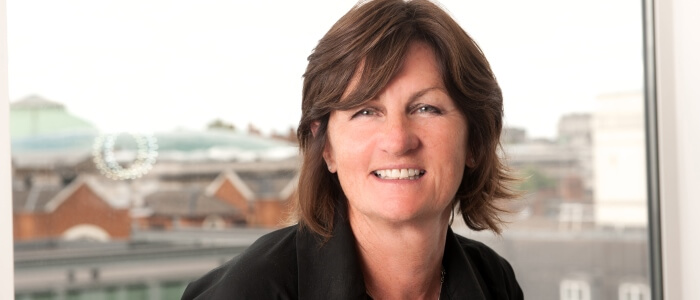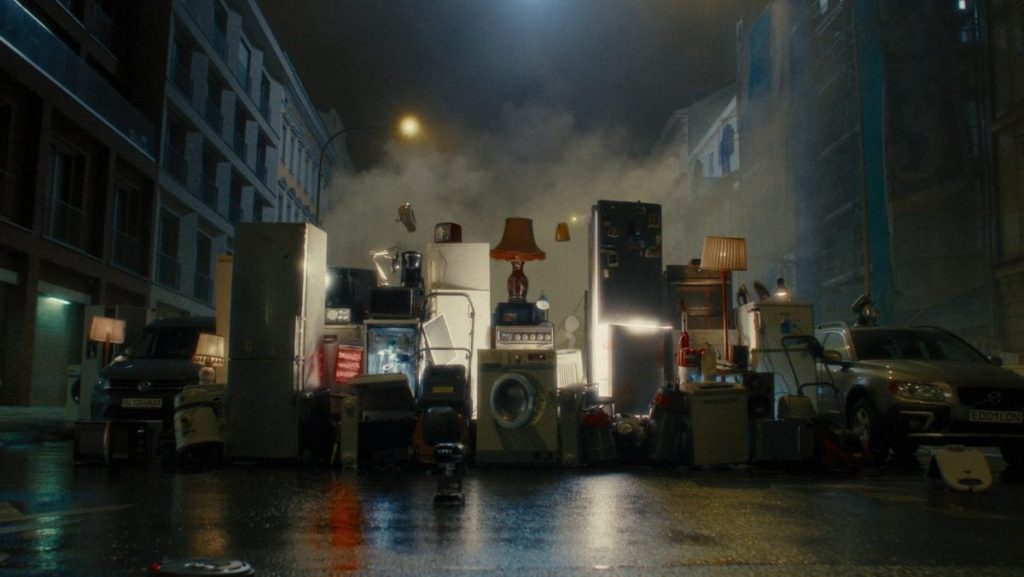
CEO Siobhan Kenny blogs on radio’s record reach

The latest Rajar results give us a moment to celebrate the success and strength of radio as audiences hit an all-time high.
Commercial radio listener numbers reached an historic 35.9 million a month, breaking last year’s record of 35.6 million.
These new listening figures represent the latest good news for a buoyant commercial radio sector which earlier this year reported record revenues for 2016.
Digital listening increased to 48.7% of the total, reflecting the expansion of new services across digital platforms. It’s fair to say that the original wireless medium is adapting nimbly to a multi-device, multi-platform world and audiences are responding.
Smart advertisers looking to reach large audiences are taking note.
National commercial radio networks are driving much of the audience growth with a significant 2.7% increase in reach, underpinned by consistently strong performance at a local level.
This rise is testament to greater investment from the major radio groups, not only in terms of stronger programming but also in providing greater choice for listeners and advertisers through brand extensions such as the successful Kisstory and newcomers like Heart80s.
The quarter covered by these numbers was dominated by an exhausting flurry of major news events, including a surprise general election. At such times, a large and growing number of listeners rely on speech-based stations such as LBC (and, of course, the BBC) to provide impartial and fast-paced news they can trust.
Ofcom research reveals that radio is consistently the most trusted medium in the UK. The regulator found that 66% of people trust radio content (compared to 60% for TV, 35% social networks, and 34% for newspapers).
With audiences increasingly going mobile, broader audience and industry trends remain positive for radio.
Listening online and through apps is growing faster than any other platform (up 10% in the past year) reflecting the success of online listening platforms like Radioplayer which have helped transform the experience of radio on connected devices.
As a result live radio still dominates time spent listening to audio overall, representing a 77% “share of ear” compared to 5% for online music services like Spotify and Apple Music.
Needless to say, radio content producers want listeners to have the best possible experience, including during the ad breaks.
That is why we at Radiocentre are campaigning to put ourselves in the forefront of great consumer protection.
Goodbye awful, garbled Ts&Cs on radio ads which have two perverse effects: First, they irritate listeners beyond belief without actually protecting them. Second, they take an estimated £100m a year in lost revenues out of the UK radio industry.
It’s hardly surprising that brands don’t want to be associated with such rubbish ads.
Our campaign is doing well with the European Commission’s deregulation programme.
And we see a Brexit-shaped opportunity opening up for the UK government to lead the way in effective consumer protection.
Thanks to radio’s own investment, alongside new developments in audience behaviour and technology, the future is bright for radio. Constant innovation is the key. That’s what kept radio at the top for nearly a century and we’re not giving up now.
The article was originally published in Campaign here on the 3rd August.



